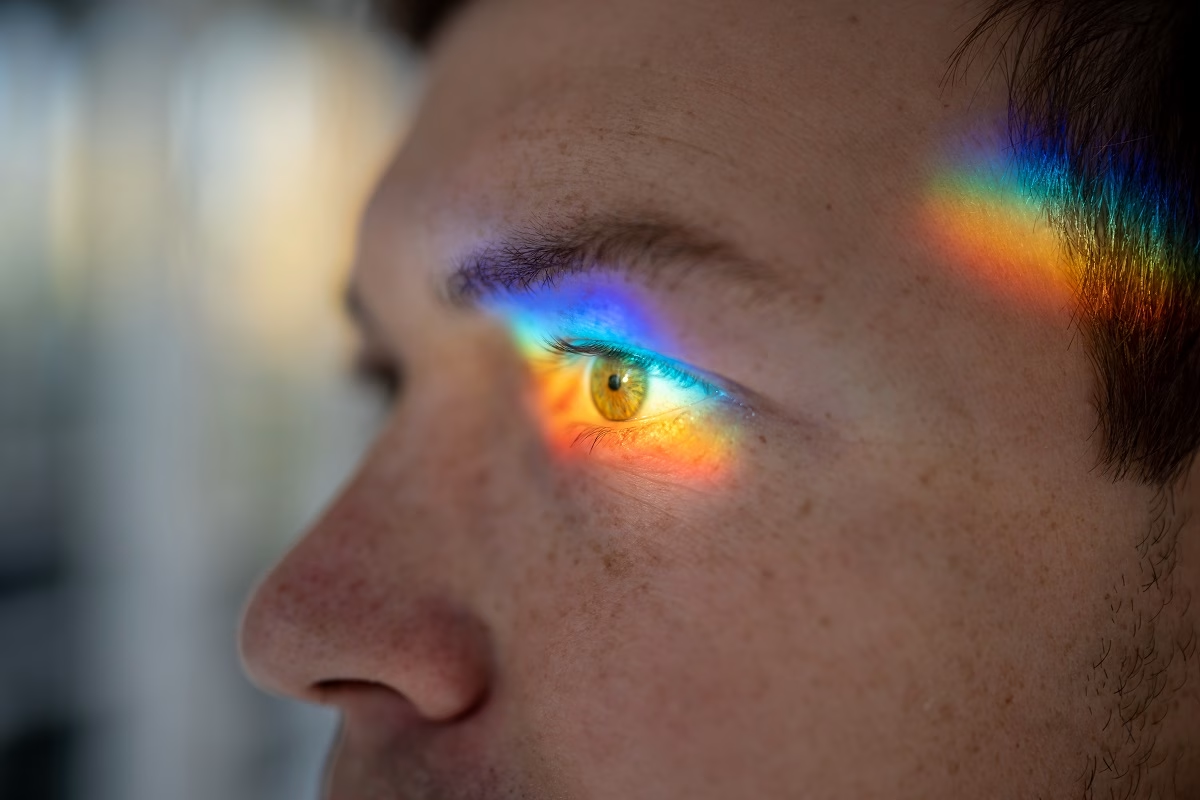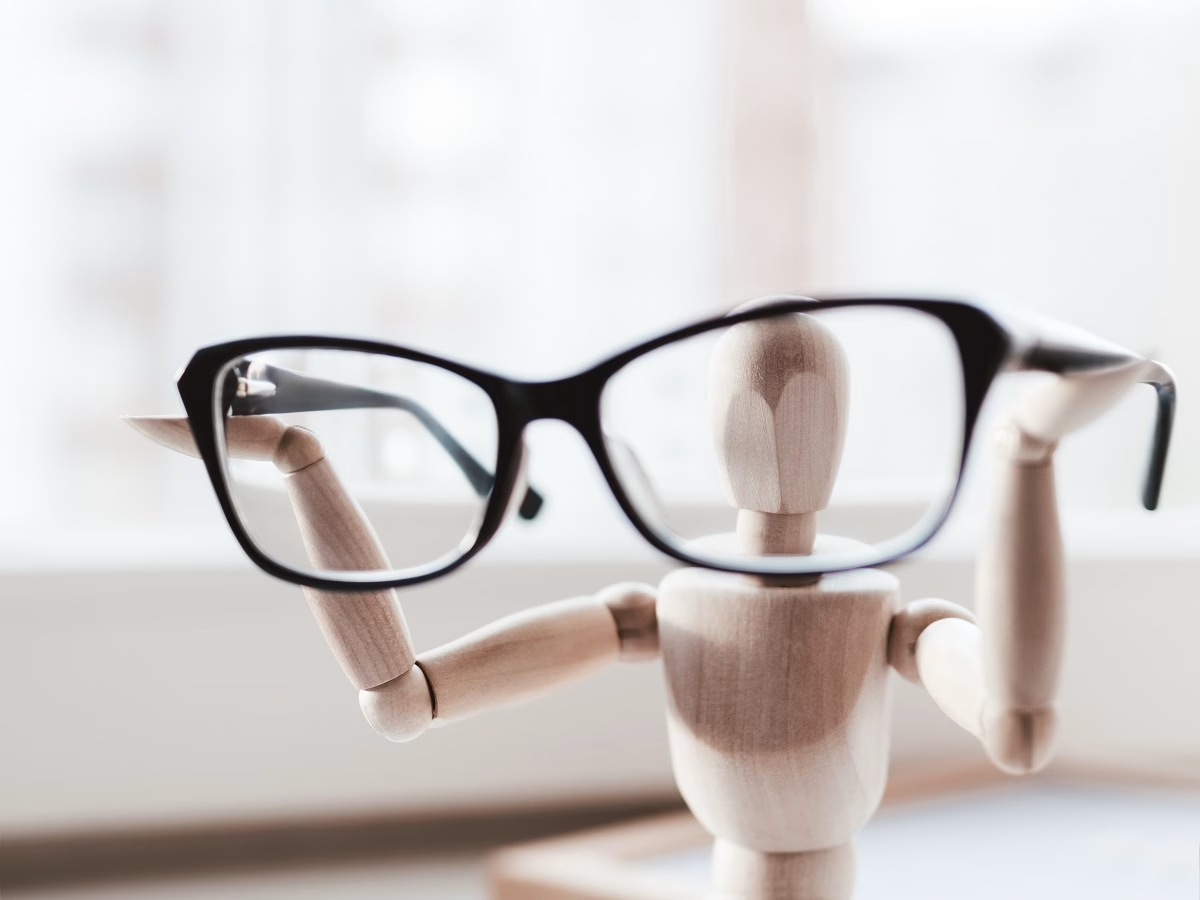Common eye disorders that make your vision blurry are called refractive errors. In most cases, people improve their vision with a pair of glasses or contact lenses only.
Normally, the parts of the eyes work together, similar to a relay team, to pass light that enters the eye along a pathway to the brain. First, the light goes through the cornea (the clear part in the front of the eye), where it focuses through a specific lens to the retina (the layer in the back of the eyeball). Thus, the retina converts the light into signals that the optic nerve sends to the brain. As a result, it creates images that you can see.
In general, it depends on the refractive error type you have, but something about the shape of the cornea, lens, or eyeball prevents it from focusing properly. Hence, it distorts your vision.
While some people cannot focus on objects close to them, others cannot focus on objects far away. However, eye specialists can diagnose and treat all types of refractive errors. If you have blurred vision, do not hesitate to visit a doctor for diagnosis and treatment.
Usually, people develop these errors over time as they grow and develop. They often first appear in kids, but they can happen at any point in your life. In addition, if you already wear eyeglasses or contact lenses, your vision should be checked regularly.
Types of Refractive Errors
Check below the 4 most common types of refractive errors:
Myopia
This vision disorder is also known as nearsightedness, and people who develop it have difficulty seeing distant objects, but close ones can be seen clearly. For instance, if you have myopia, you may not be able to make out the signs on the side of the road until they are several feet away.
Most people develop nearsightedness because the eye grows too long from the front to back, or the cornea or lens is too curved. Myopia mostly affects children around 10 years old.
Hyperopia
A type of refractive error is also known as farsightedness, and it causes problems with seeing close objects clearly. In other words, it is the opposite of myopia. People with farsightedness usually can read words on a screen on the outside of the room clearly, but may have problems with typing on the laptop that is near them.
One of the most common causes of hyperopia is an eye that grows too short from the front to back. Another cause of farsightedness is a cornea or lens that is not curved enough (too flat). In most cases, this vision disorder is present at birth (congenital).
Presbyopia
This condition is also called age-related farsightedness, and it is a type of farsightedness that often develops in older adults. The symptoms are also similar to hyperopia. That’s why people with this condition need reading glasses with aging.
Mostly, it affects people over 40 years old and occurs because the lens of the eye becomes less flexible and cannot focus on objects.
Astigmatism
This type of refractive error makes distant objects look blurry. Usually, people with astigmatism the shape of an eye is similar to a football or the back of a spoon. As a result, the light that enters the eyes bends and distorts more than it should. While some people are born with this vision disorder, others may develop it during their lives.
Symptoms
Generally, all refractive errors make your vision worse. Check below some symptoms that people with refractive errors often experience:
- Diplopia (double vision)
- Headaches
- Squinting
- Eye strain or pain
- Blurred vision
In some cases, children may not know that their vision worsens. If you notice that your child is having difficulty concentrating or their grades suddenly worsen, it is advised to see a doctor.
Causes
Anything that leads to changes in the shape of the cornea, lens, or the whole eye may cause refractive errors. The type of these vision disorders depends on how your eye is shaped. In some cases, people develop refractive errors due to aging or after surgery to remove cataracts.
What Are The Potential Complications of Refractive Errors?
If you ignore these vision disorder symptoms and do not get treatment, it may lead to some complications. Check below some of them:
- Ambyopia (also known as lazy eye) – This complication often occurs when one eye has a significantly worse refractive error. As a result, it begins to suppress the vision in that eye, causing reduced visual acuity in the amblyopic eye.
- Strabismus (misaligned eyes) – In some cases, refractive errors may lead to misaligned eye muscles.
- Poor academic performance – When a child has difficulty seeing clearly, it may affect the ability to learn and participate in activities at school.
- Delayed development
- Vision impairment
- Blindness
- Reduced quality of life
- Headaches
- Eye strains
This article does not contain a complete list of refractive errors complications. However, you can consult with your doctor about ways to prevent these complications.
How to Prevent Refractive Errors?
Commonly, you cannot do something that will help prevent a refractive error because it depends on the shape of your eye, cornea, and lens. Therefore, congenital vision disorders also cannot be prevented.
Diagnosis
If your physician suspects you may have a refractive error, you may be referred to eye care specialists. They often begin the diagnosis with a physical and eye examination to check for abnormalities linked to the disease. In some cases, doctors may perform a visual acuity test to determine which type of refractive error you have developed.
Treatment
In general, people with refractive errors get different treatments because it depends on the type and severity of the condition, existing health problems, age, and preferences. Check below some treatments often recommended for people with refractive errors:
- Contact lenses
- Eyeglasses
- Vision correction surgery, such as photorefractive keratectomy (PRK) and LASIK
Frequently Asked Questions
What can I expect if I have a refractive error?
Usually, people who develop a refractive error require eyeglasses or contact lenses. However, you can choose a vision correction surgery. Moreover, people who develop refractive errors are also at increased risk of developing the following conditions. For example, glaucoma, amblyopia, low vision, and strabismus.
When should I see my healthcare provider?
Immediately call 911 or go to the nearest emergency room if any of the following symptoms occur. Examples include:
- Sudden loss of vision
- Eye pain
- New flashes or floaters in the eyes
Can refractive errors be reversed?
In general, these vision disorders cannot be cured. That’s why treatment focuses on relieving the symptoms and improving your quality of life. In most cases, doctors recommend the following options to improve vision. For example, refractive surgery (such as LASIK and PRK), contact lenses, or eyeglasses. Ask your healthcare provider if you have additional questions.




